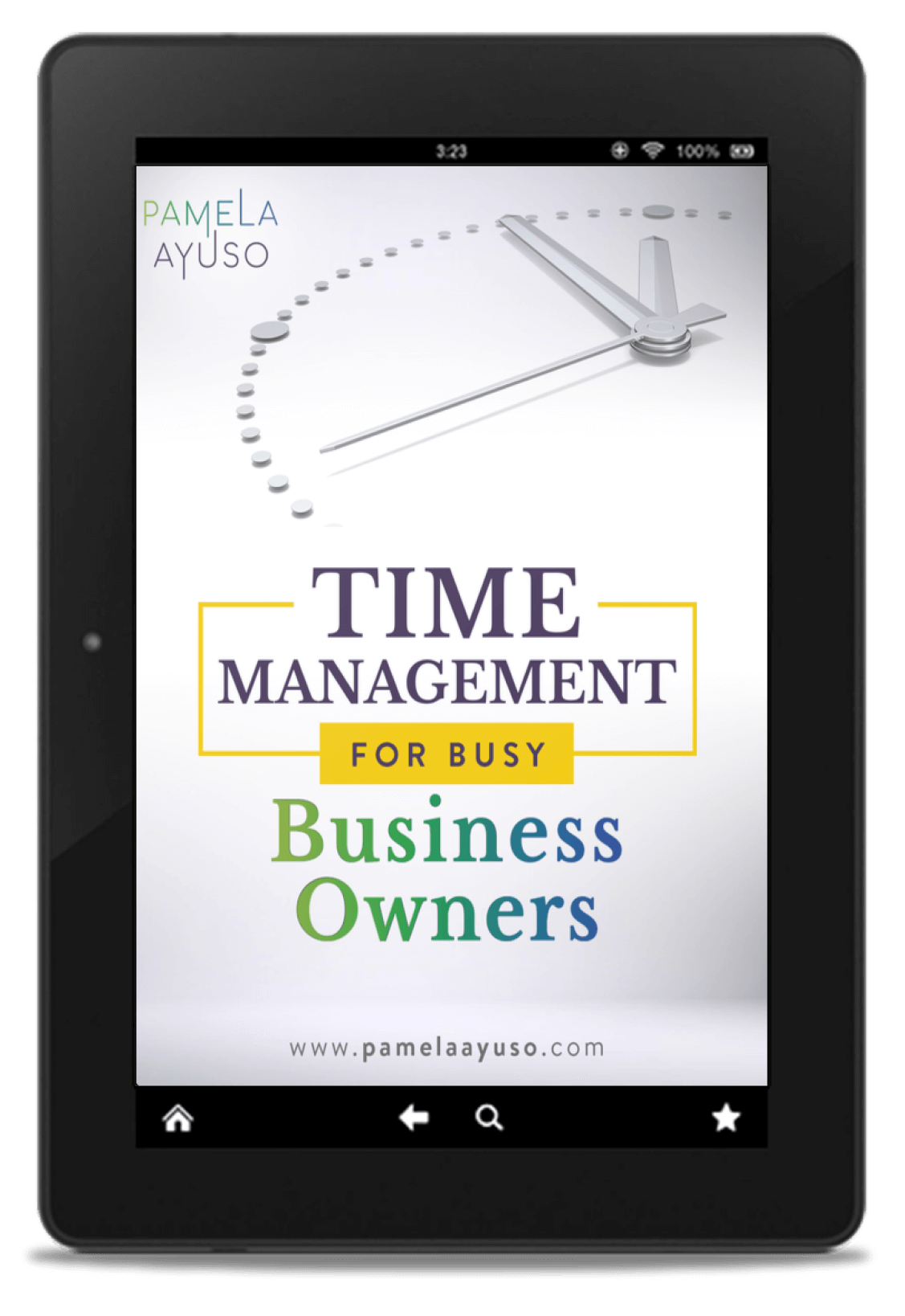Much of innovation is about experimentation and trial and error. With that, often comes failure: something that usually stops us from exploring in the first place. The immediate effects aren’t pleasant, as failure comes with wasted time and effort and disappointment. If we learn to fail gracefully, however, and learn from our errors, we will be able to grow. Growth comes along with much inevitable failure.
Failure can at times be very apparent, while other times it is less so. The first step in accepting failure is to know when a project/idea is officially over. If something has failed, the best thing to do is recognize the project as a missed opportunity and move on. Let go of the past and move on. From there, learn from it. Try to look at the missed opportunity from a distance and learn. Finally, don’t let this stop you and your teams’ creativity. Keep going, keep ideating. The quicker you can move through this cycle, the more you and your business will be able to grow.
![[Photo: Bryan Minear/Unsplash]](https://www.pamelaayuso.com/wp-content/uploads/2021/01/bryan-minear-314750-unsplash.jpg)
[Photo: Bryan Minear/Unsplash]
When to Declare the Project as Over
There are times when we are so invested in a project that it is hard to be objective. We may have put in so much time, effort, and sometimes even money, that all we can envision is pushing through to the end. When a project has already failed, however, throwing more resources at it will not revive it, and in fact, things will continue going on the same path. These are all sunk costs, as they are already spent and will never come back. As soon as you know that something is not working, it is time to let it go.
Although it is difficult to declare a project as over, it is also the best thing you can do. Doing so will provide more space in your mind to deal with other projects, and it is an essential ability if you plan on creating new projects. There is hope, as it gets easier with time as a thicker skin develops.
Knowing when to let go of a project can be hard because it is hard to see the trees when you are in the forest. For this, it is useful to have a set of expectations established at the beginning of the project, and if those parameters are not fulfilled at a certain deadline, this will be an indication that it is time to move on.
![[Photo: Matthew Hamilton/Unsplash]](https://www.pamelaayuso.com/wp-content/uploads/2021/01/matthew-hamilton-380888-unsplash.jpg)
[Photo: Matthew Hamilton/Unsplash]
How to Learn
When you have decided to move on, it is then time to reflect. Sometimes, if we were emotionally attached to the project, we need a little bit of distance from it to think objectively. Once you are ready, take the time to review the project. If this was a team project, go over the entire process with others on the team to learn from your mistakes. If you don’t take the time, it will have all been for nothing.
One useful exercise is to have a post-mortem discussion. This conversation includes acknowledging what you did well, what you can learn from it, and what actions you are going to take based these learnings. Knowing what you did well is just as important as finding out what you learned because there is no guarantee that the best practices will be institutionalized if they are not identified. In a team setting, this is an especially useful exercise because different team members will have different perspectives, and errors may not be fully diagnosed without all the available information.
Once you have your key takeaways, find a way to ensure they are institutionalized. Sometimes, this means creating a policy or including a workflow in a system. Other times, an important missing action might have to be included in a checklist. The important thing is that the learning becomes part of the organization.
The more you practice letting go, learning, and moving on to the next project, the more adept you will become at creating and implementing new projects. This process will, in turn, promote growth for your organization and yourself as a professional.



